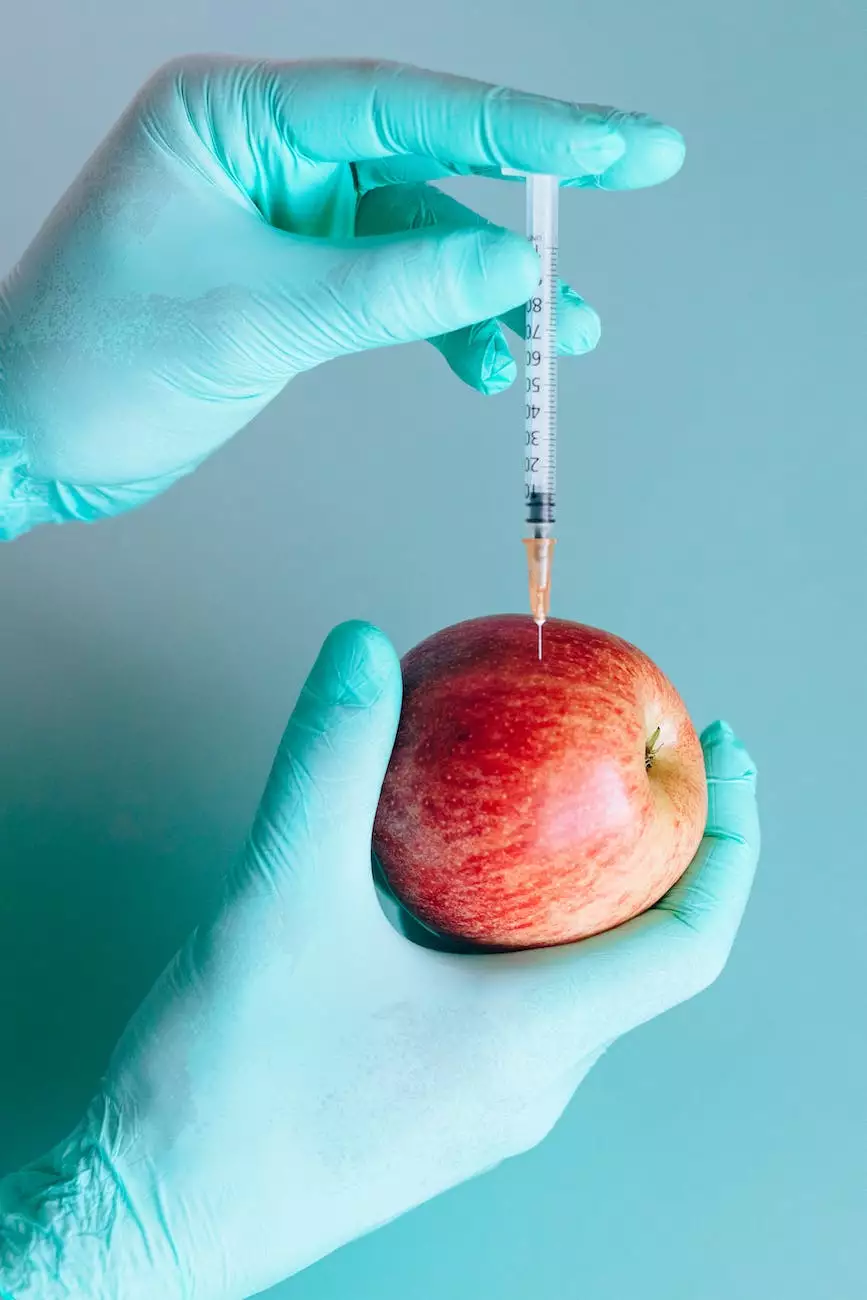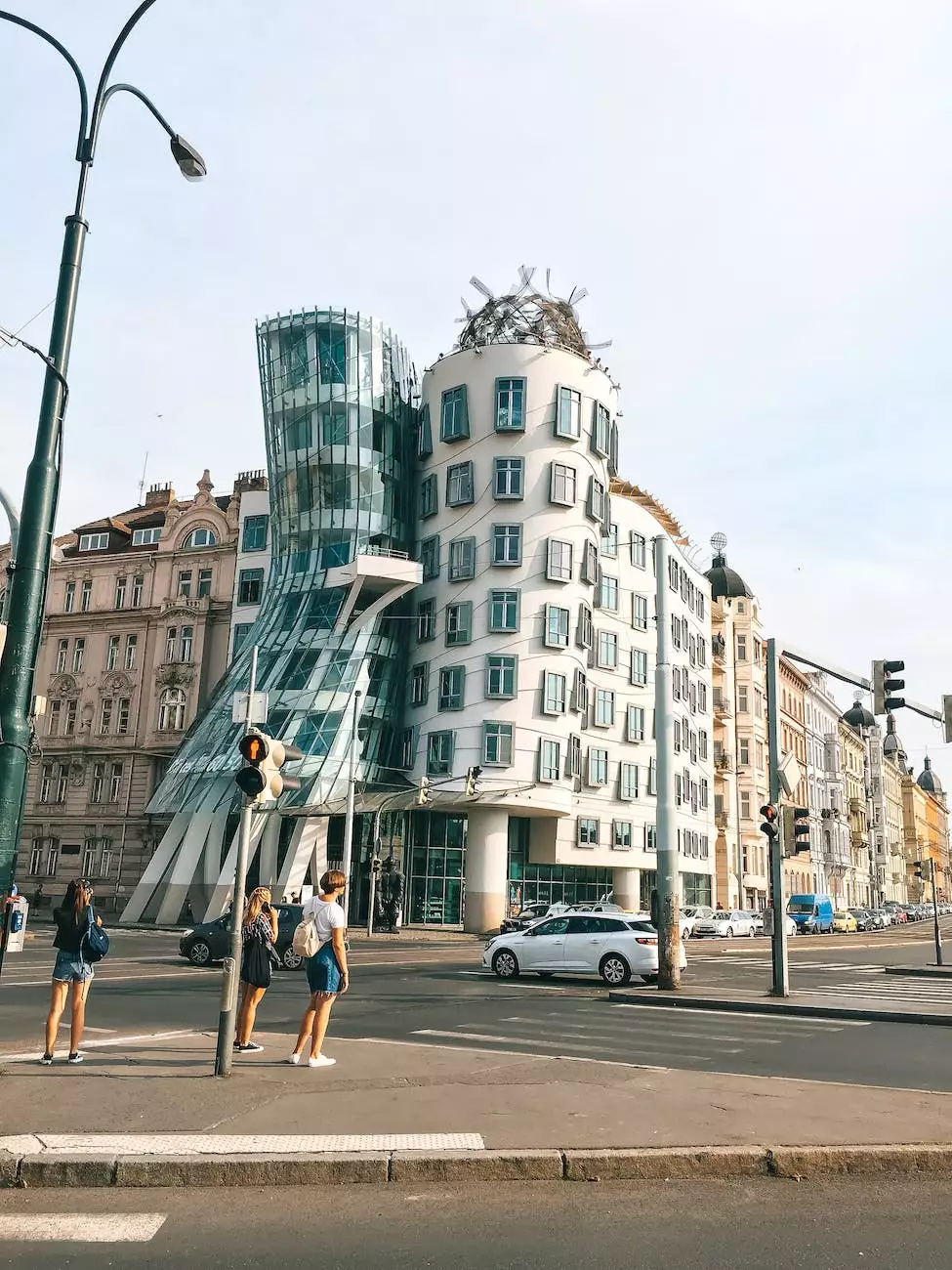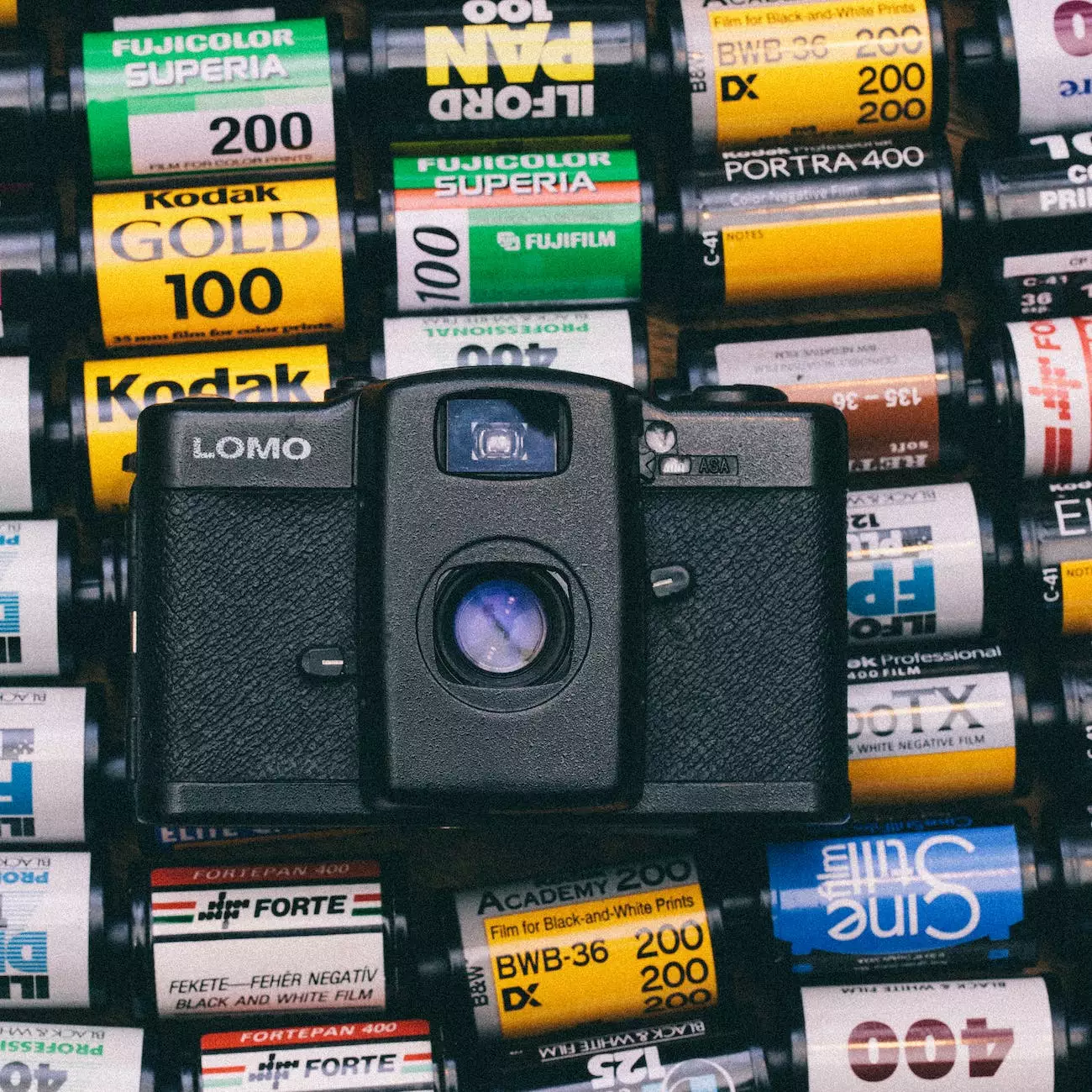The Parts of an Injection Moulding Machine

Introduction to Injection Moulding
When it comes to manufacturing high-quality plastic components efficiently, injection moulding is a widely used process. This technique involves the production of plastic parts by injecting molten material into a mould, which then solidifies and takes the desired shape. To understand injection moulding fully, it's crucial to familiarize ourselves with the various parts of an injection moulding machine and their functions.
1. Injection Unit
The injection unit of a moulding machine is responsible for melting and preparing the plastic material. It consists of a hopper, where the granulated plastic is stored, a screw-type plunger, and a heated barrel. As the plunger moves, it pushes the plastic material through the heated barrel, melting it to a molten state.
2. Clamping Unit
The clamping unit ensures that the two halves of the mould remain firmly closed during the injection process. It consists of a clamping mechanism, mechanical or hydraulic, that applies sufficient force to hold the mould shut. This prevents any plastic leakage or deformations during the injection and cooling stages.
3. Mould
The mould is a crucial component of an injection moulding machine. It determines the final shape and design of the plastic part being produced. Typically made of steel or aluminum, the mould is created through precision machining and is capable of withstanding high pressures and temperatures. It consists of two halves, the cavity and the core, which fit together to form the desired shape.
4. Heating and Cooling Systems
Injection moulding requires precise temperature control for optimal results. The heating system within the machine helps to maintain the molten plastic's temperature, ensuring it remains in its liquid state. On the other hand, the cooling system rapidly cools the moulded part after injection, allowing it to solidify and be ejected from the mould.
5. Ejection System
The ejection system allows for the removal of the solidified plastic part from the mould. It consists of ejector pins, a plate, and sometimes even a stripper mechanism. Once the part has solidified, the ejector pins push against it, releasing it from the mould and allowing it to be collected for further processing or assembly.
6. Control Panel
The control panel plays a vital role in the injection moulding process. It allows operators to monitor and adjust various machine settings, including temperature, pressure, and speed. This ensures that the entire process is executed accurately and efficiently, resulting in high-quality plastic parts.
Conclusion
Understanding the various parts of an injection moulding machine is essential to grasp the intricacies of the production process. QuickParts.com offers comprehensive services in both 3D printing and injection moulding, utilizing state-of-the-art equipment and expertise to deliver exceptional results. Whether you require prototyping or large-scale production, QuickParts.com is your trusted partner in bringing your plastic component designs to life.










